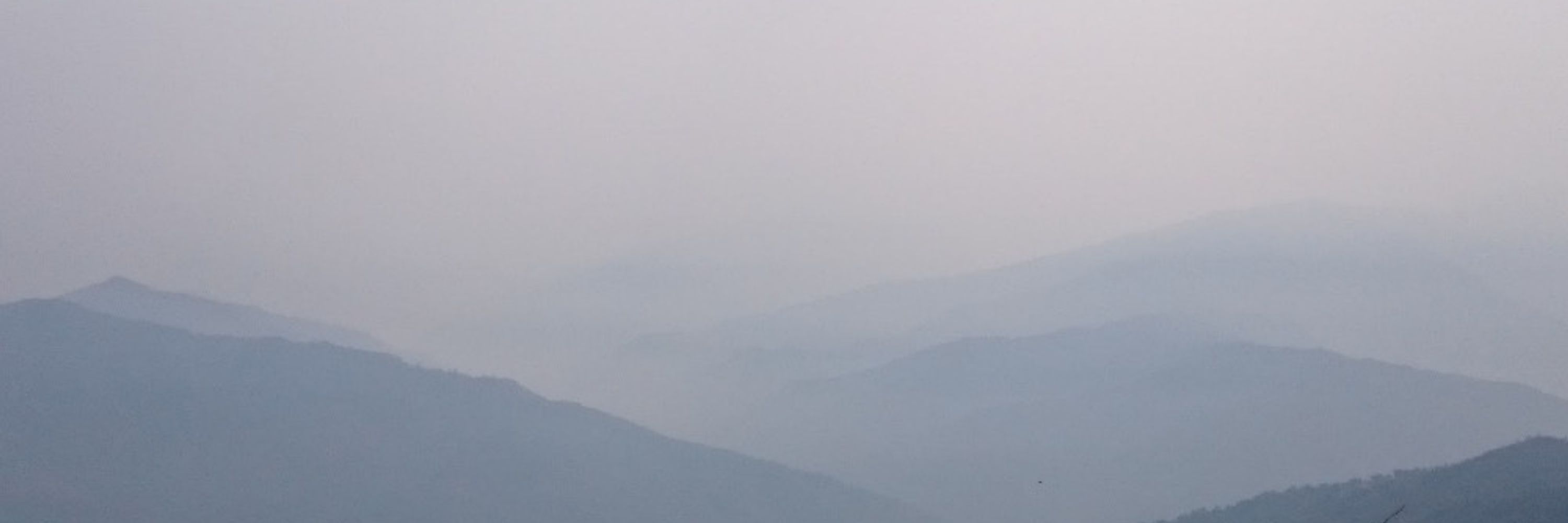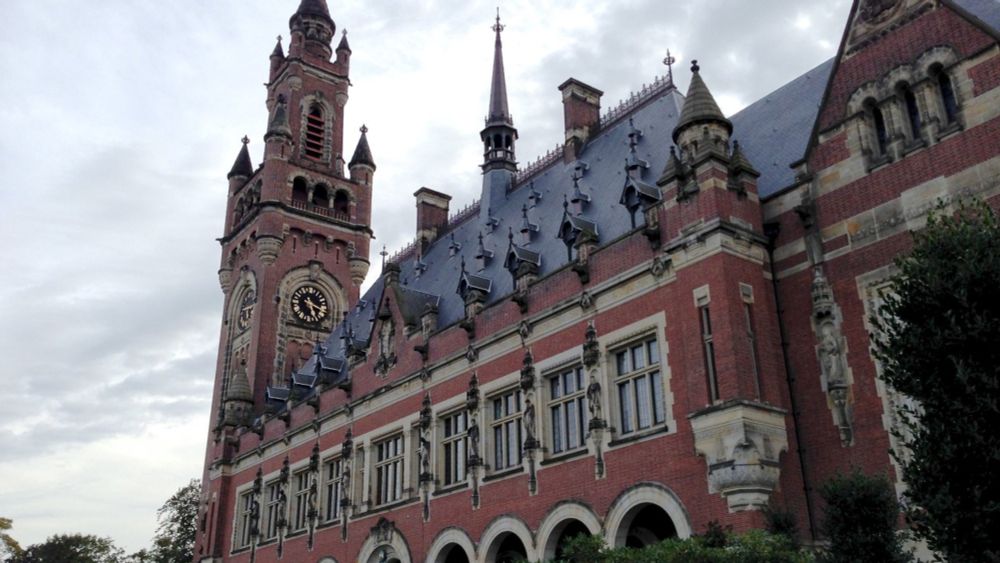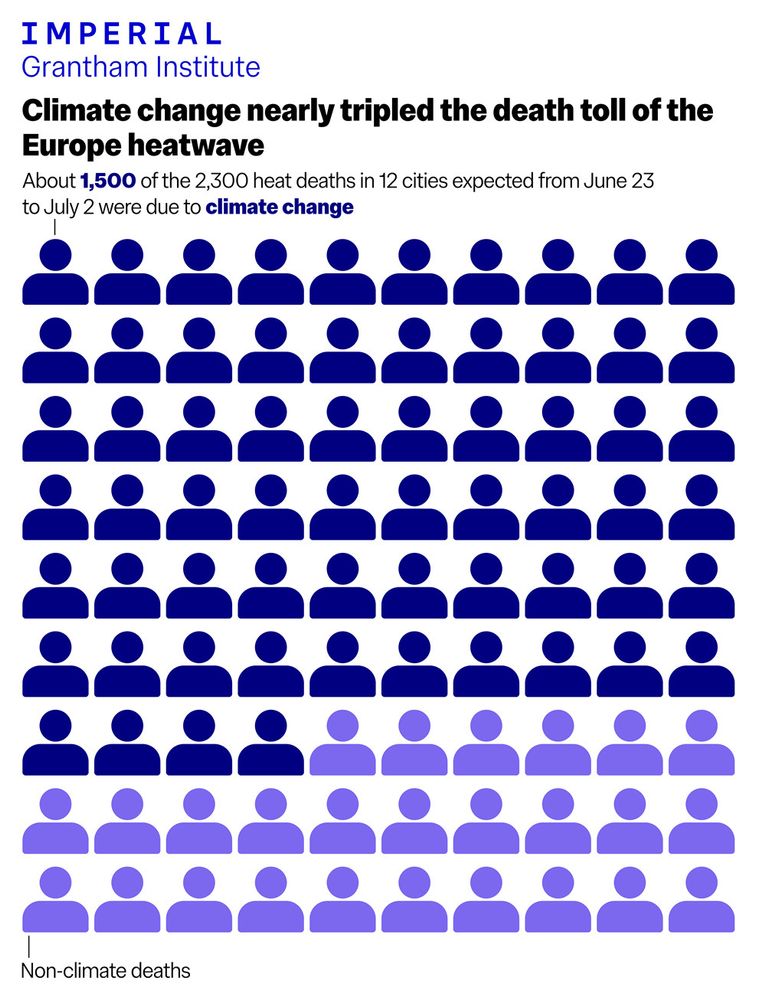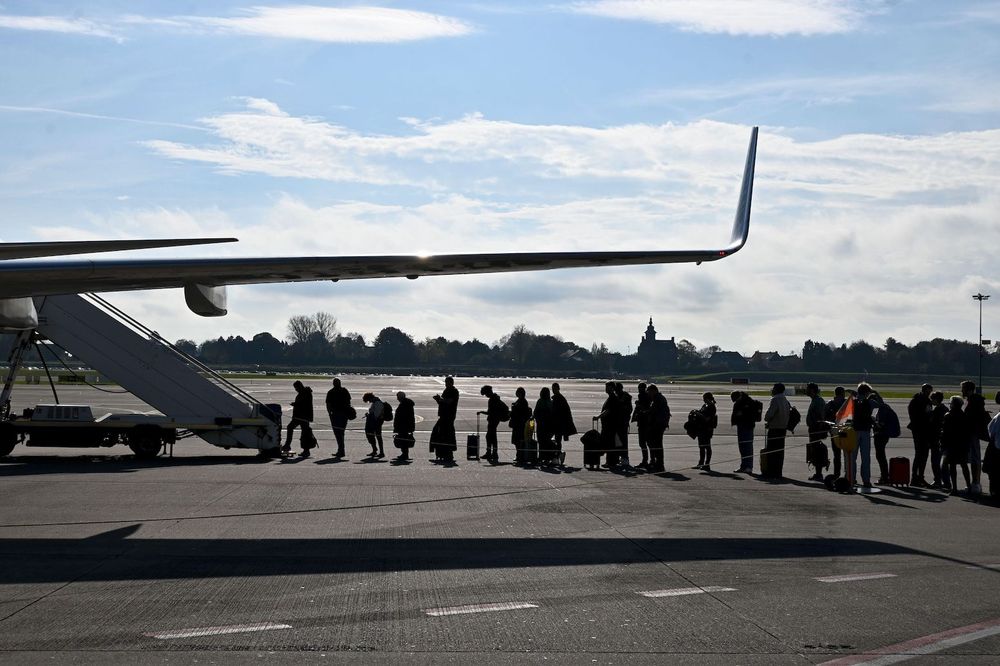Setu
@setupelz.bsky.social
1K followers
2K following
59 posts
Equitable energy transitions, regions of the global South and vulnerable communities globally. Working at IIASA & Climate Resource.
Posts
Media
Videos
Starter Packs
Setu
@setupelz.bsky.social
· 17d
Setu
@setupelz.bsky.social
· 25d

EU countries delay deal on new climate goal, diplomats say
European Union countries have shelved plans to approve a new climate change target next week, after pushback from governments including France and Germany over plans to quickly land a deal, three EU diplomats told Reuters on Friday.
www.reuters.com
Reposted by Setu
Matthew Gidden
@gidden.bsky.social
· Sep 4

A prudent planetary limit for geologic carbon storage - Nature
A risk-based, spatially explicit analysis of carbon storage in sedimentary basins establishes a prudent planetary limit of around 1,460 Gt of geological carbon storage, which requires making explicit ...
www.nature.com
Reposted by Setu
Reposted by Setu
Reposted by Setu
Chris Smith
@cjsmith.be
· Jun 26

Introducing FRIDA v2.1: A feedback-based, fully coupled, global integrated assessment model of climate and humans
Abstract. The current crop of models assessed by the Intergovernmental Panel on Climate Change (IPCC) to produce their assessment reports lack endogenous process-based representations of climate-drive...
egusphere.copernicus.org
Reposted by Setu
World Inequality Lab
@wid.world
· Jun 9

Colonial extraction and unequal exchange have shaped two centuries of North-South inequality - WID - World Inequality Database
In a new study, Gastón Nievas and Thomas Piketty examine patterns of global imbalances, current account surplus/deficit and net foreign wealth accumulation over more than two centuries.
wid.world
Reposted by Setu
Setu
@setupelz.bsky.social
· May 31
Setu
@setupelz.bsky.social
· May 31
Setu
@setupelz.bsky.social
· May 31
Reposted by Setu
Wim Thiery
@wimthiery.bsky.social
· May 19

Study highlights disproportionate climate risk to children worldwide
A new study has found that children born today are likely to experience significantly more exposure to extreme climate events over their lifetime than previous generations - unless global greenhouse g...
erc.europa.eu
Reposted by Setu
Wim Thiery
@wimthiery.bsky.social
· May 12
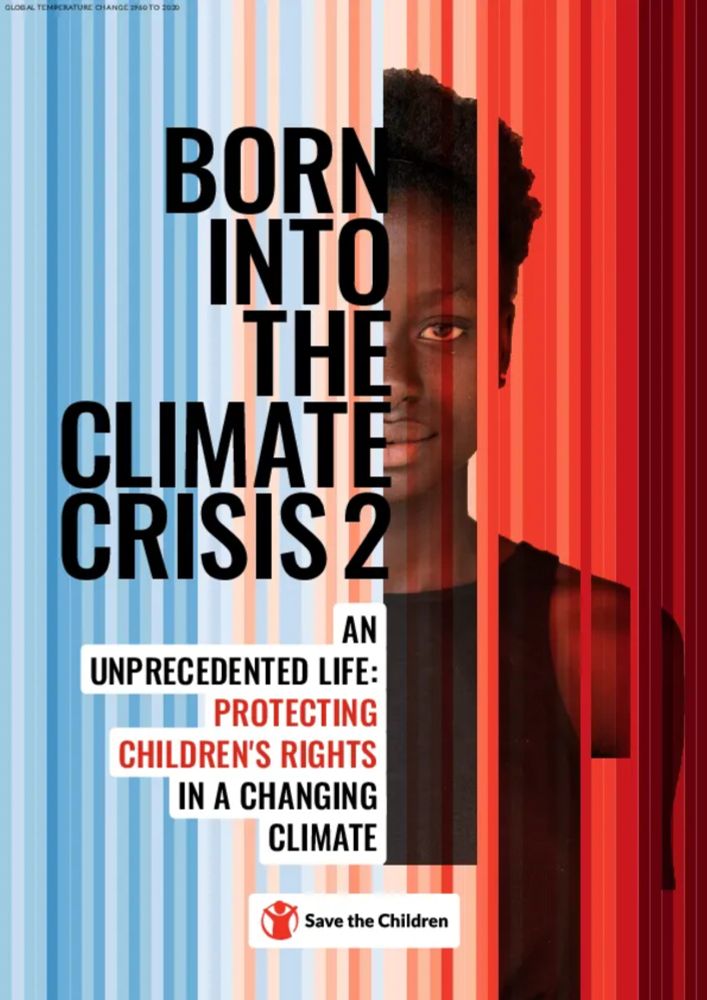
Born into the Climate Crisis 2. An unprecedented life: Protecting children’s rights in a changing climate | Save the Children’s Resource Centre
The climate crisis is not a distant threat; it is a pressing reality that children are facing today. Despite having contributed the least to the climate crisis, the inherent intergenerational injustic...
resourcecentre.savethechildren.net
Setu
@setupelz.bsky.social
· May 8

High-income groups disproportionately contribute to climate extremes worldwide - Nature Climate Change
While climate injustice is widely recognized, a quantification of how emissions inequality translates into unequal accountability is still lacking. Here researchers examine how affluent groups disprop...
www.nature.com
Setu
@setupelz.bsky.social
· May 7
Reposted by Setu
Reposted by Setu
Reposted by Setu
